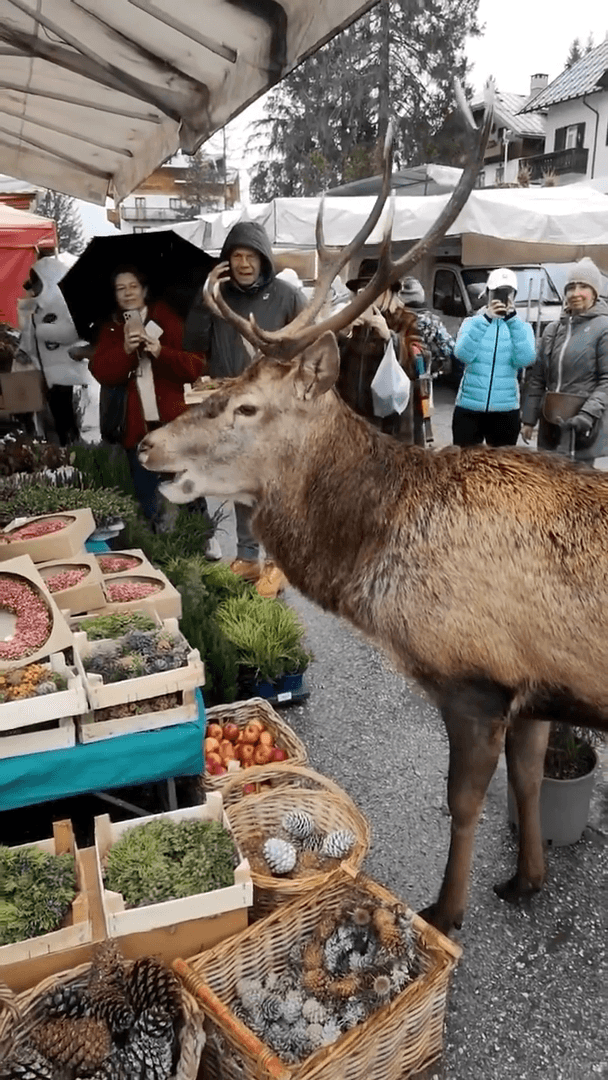
Caccia nella Val d'Orcia: Un'Esperienza Immersiva tra Paesaggi Patrimonio UNESCO e Tradizioni Venatorie La Val d'Orcia, situata nel cuore della Toscana, è famosa per i suoi paesaggi mozzafiato, vigneti rigogliosi e colline ondulate. Questa regione, dichiarata Patrimonio dell'Umanità dall'UNESCO, offre anche opportunità di caccia che attirano appassionati da tutta Italia. Tuttavia, la pratica venatoria è strettamente regolamentata per proteggere l'ecosistema unico e garantire uno sviluppo sostenibile. Questo articolo esplora tutto ciò che un cacciatore deve sapere sulla caccia nella Val d'Orcia. Caratteristiche geografiche e naturali della regione dal punto di vista venatorio La Val d'Orcia si distingue per: Paesaggi Collinari : Dolci colline coperte di vigneti, uliveti e campi coltivati creano un ambiente ideale per la fauna selvatica. Boschi e Macchia Mediterranea : Le aree boschive e la vegetazione mediterranea offrono rifugio a diverse specie animali. Fiumi e Ruscelli : Il fiume
Post: 13 June 13:48
















































